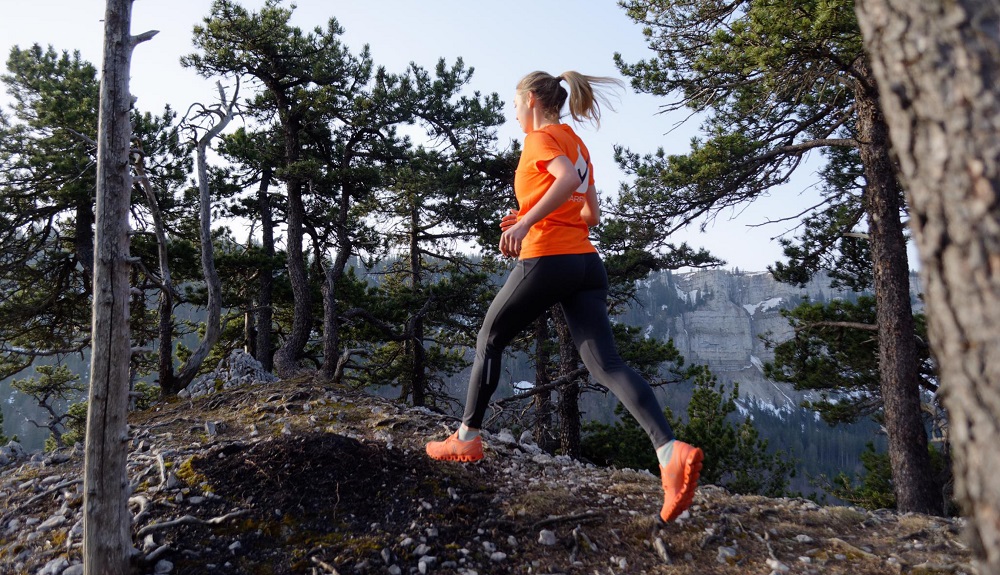Qualitative growth
The registry reported steady growth in 2021, though at a somewhat slower pace compared to 2020. Nonetheless, the high percentage of online registrations and the marketing activities focussing on young donors did result in an overall increase in the number of persons registered.
At the end of 2021, the Swiss registry listed 171,709 persons, a 5.9 per cent increase over 2020 (162,164 persons). A total of 12,188 people registered themselves as blood stem cell donors. Growth was lower than that for 2020 (20,701 new registrations) but at a stable level. An appeal from a patient on social media led to one significant spike in registrations. The number of persons removed from the registry was 2,643 (20: 1,437). The explanation for the increase lies in the fact that, in addition to regular withdrawals from the registry of donors who have turned 60, the figure reflects the more frequent mailings associated with the switch to digital communication channels. This made it easier for registered persons to react and reconsider their decision to commit to blood stem cell donation. Thus, the registry’s slower quantitative growth was accompanied by an increase in quality, as the withdrawals were initiated by people who would otherwise have declined when a concrete donation request came in.
The percentage of registrations carried out online rose again in 2021. In fact, 96.8 per cent of those joining the registry in 2021 did so using the online form (2020: 82%). That there were no public events at which samples or tissue typing were collected in 2021 due to the Covid-19 pandemic is certainly one reason for this.
